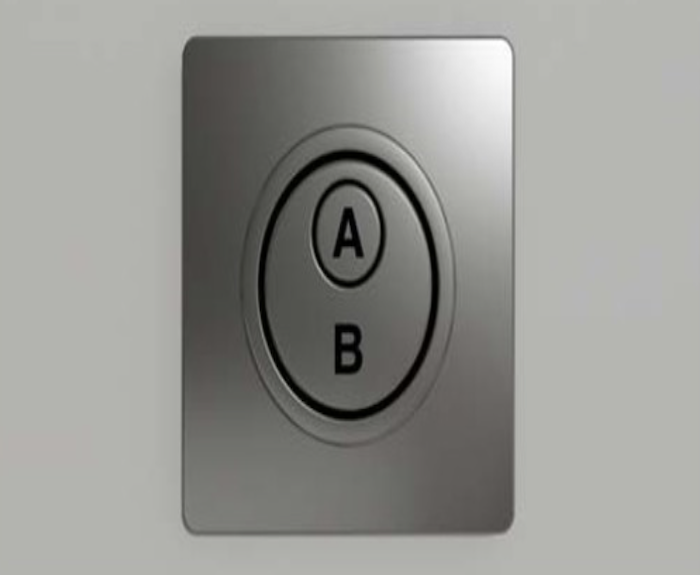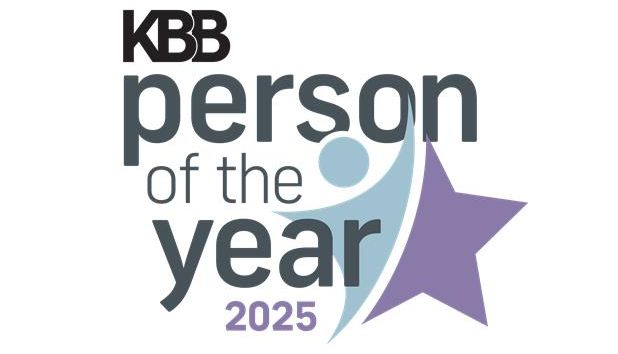Dual-flush toilets were introduced to help people use less water in their own homes and in commercial premises. By choosing a smaller flush over a longer one, around two liters of water are saved.
But a new study by independent UK plumbing product and materials certification organization Water Regulations Approval Scheme (WRAS) has found that many people are confused by the way some dual-flush buttons are designed.
The survey depicted 18 typical dual-flush designs and asked 2,000 people to identify the short-flush buttons. More than half of respondents incorrectly identified the short flush in five out of the 18 designs. In the worst example, 81% of respondents selected the wrong button.
Even the best designs were not 100% perfect. Every single one of the designs presented in the study confused at least some of the people who took part in it.
“Toilets account for around 24% of all the water used in a home,” said Ian Hughes, WRAS approvals manager. “Dual-flush toilets can help reduce the amount of water that gets wasted, and they also save money for people who are on a water meter. However, our study shows that many of the designs used are confusing, and we are calling on toilet manufacturers to make short-flush options much more obvious for users.”
The research did highlight which types of button designs were more effective in explaining dual-flush options:
- Button designs are more effective if they have clear permanent markings to help people identify the short flush
- Most people naturally expect a smaller button to mean a smaller flush, but the bigger button needs to be 1 ½ times bigger than the smaller one to achieve around 80% recognition
- Some manufacturers use a larger button to select a short flush. This was the most confusing design for the people who took part in the study
“There are some good designs out there too, with manufacturers playing their part in helping people save water,” said Hughes. “Whilst some manufacturers include instructions, unless these are permanently marked on the WC, there is a risk that instructions or labels won’t be installed, meaning people miss out on the potential benefits of dual flush systems.”
Read the full survey results here.









